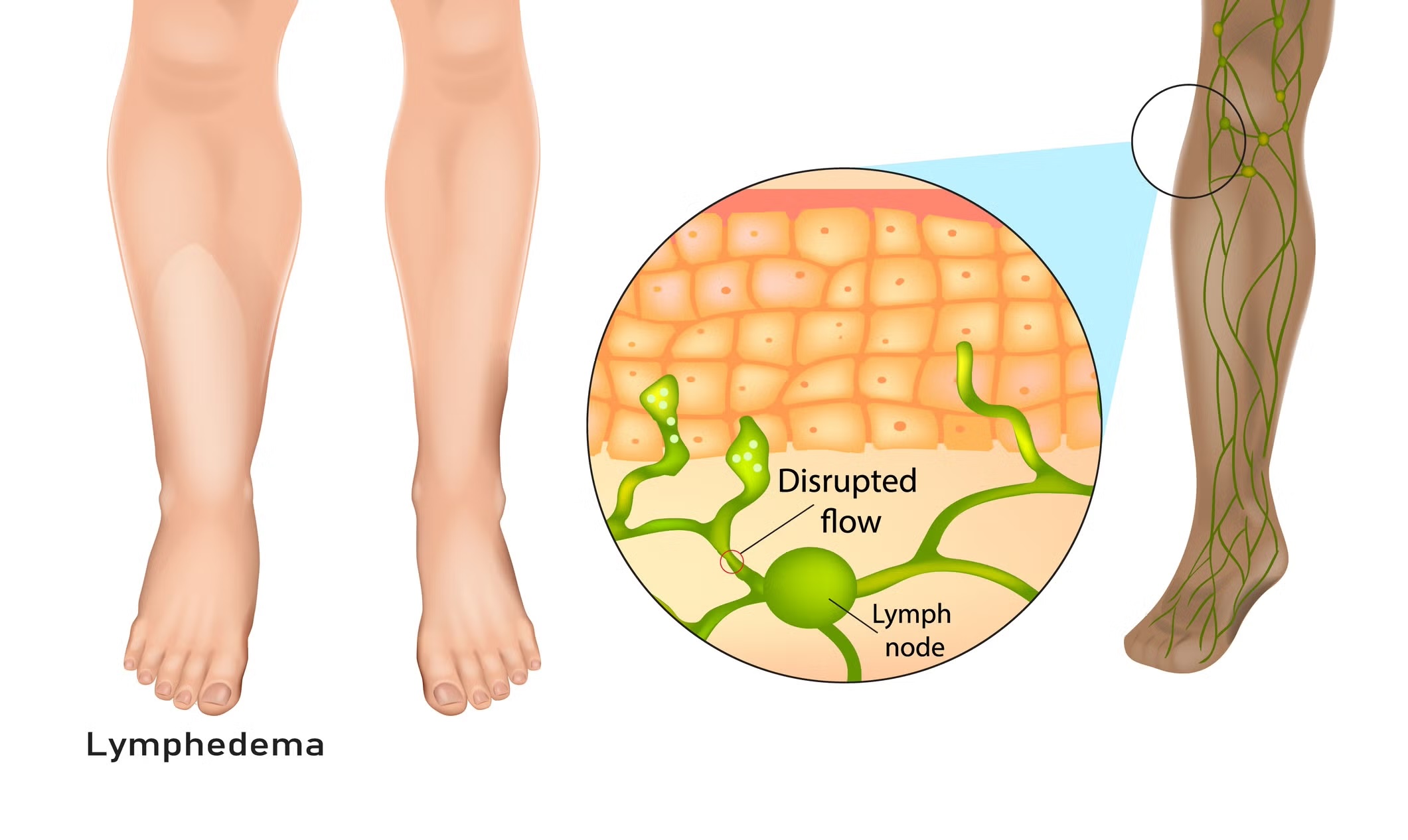
We offer Complex Decongestive Therapy
What is lymphedema?
Lymphedema, as a specific clinical entity, presents itself in a variable manner and can
affect any part of the body, but in population who receive health services at home, probably, the modality most commonly found is secondary lymphedema originally from venous failure(phlebolymphedema), located in legs below the knee.However, in addition to edema for accumulation of lymph, the legs may be edematous
due to another important group of clinical causes that are often treated in an erroneous and even
dangerous manner, such as lymphedema, without being so. Knowing, differentiating and treating
the different edema types of the legs is very important when a care plan is generated with its
interventions and goals.
OBJETIVES
- Evaluate, differentiate and treat different forms of edema of lower limbs, emphasizing
in the management of lymphedema by using the gold standard treatment called “Complex Decongestive Therapy” (CDT)
- Achieve the recovery of the patient's health, educating in self-care and avoidance of possible recurrence of acute status.
COMPONENTS OF THE THERAPY
- Any edema management therapy must follow medical order
- In case of a positive lymphedema diagnosis, all the components of the CDT should be applied, if possible, for the first phase of treatment, also known as “acute phase” of the therapy, which are the following:
a) Respiratory exercises with stimulation of lymph node areas.
b) Meticulous Skin and Foot Care (Toe nail trimming and filing, debridement of thick nails, reduction of calluses and corns, treatment of ingrown nail [non- surgical], basics orthotics and shoe recommendation
c) Manual Lymphatic Drainage (MLD)
d) Multi-layered Compression Bandaging.
e) Patient and family education: Orient patient’s self-care and caregivers or family members available toward the second phase of treatment named “maintenance phase”.
The results obtained in the acute phase of therapy should be maintained when the therapist stops providing the service.
EXPECTED RESULTS
The results and success of Lymphedema therapy depend on several factors such as:
- Type and severity of the condition,
- Cooperation and willingness of the patient and family to participate and comply with the treatment as well as the real possibility of continuing care in the maintenance phase.
-The conditions of the patient’s house, to be able to carry out an adequate treatment.
- Presence of other clinical and physical conditions of the patient.
- Patient’s age.
Independently of the different factors that can affect the improvement of the condition, it is demonstrated that with the application just with of some of the CDT components, clinical progress is achieved.
LENGTH OF SERVICES AND TIME OF THERAPY SESIONS
Frequency and duration of acute phase varies due to severity of the lymphedema and complicating factors during the course of treatment. On average, the therapy can be extended from 3 to 8 weeks and weekly frequency can also vary from daily to up to two or three times a week, depending on several factors and the progress of the therapy. Because it is a multifactorial therapy, in most cases, sessions last between one and two hours, or even longer, if there are wounds present or any other comorbidity to attend to. PRICES:
- Lymphedema (whole body treatment) (1 hour) $130 per session Schedule Appointment
- Lymphatic Fat Drainage for Detoxification (1 hour 30 mins) $180 per session Schedule Appointment
- Facial Lymphatic Drainage (35 minutes) $70 per session Schedule Appointment
- Chronic Venous Insufficiency (1 hour 15 mins) $200 per session Schedule Appointment
- Post Surgical Edema (40 mins) $95 per session Schedule Appointment
- Migraine, fibromyalgia and chronic fatigue syndrome (CFS) (1 hour) $130 per session Schedule Appointment

